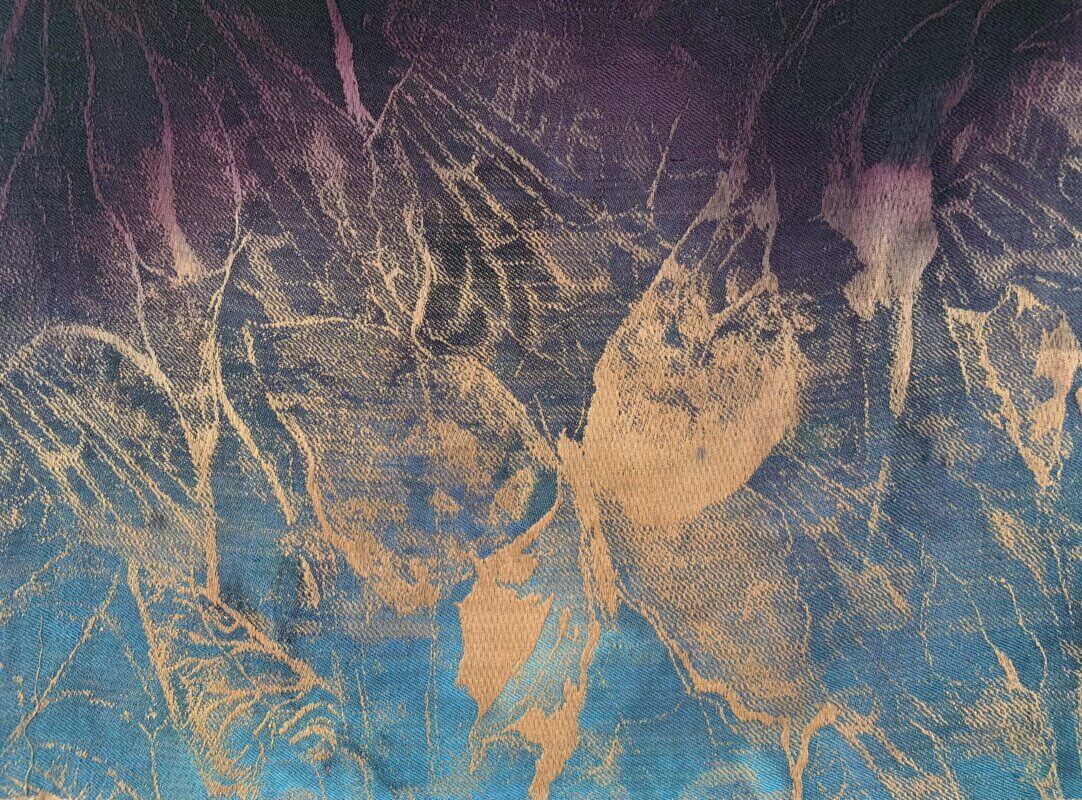For centuries, animals in European art illustrated familiar narratives, such as hunting scenes, stories from classical mythology, or biblical passages. Artists often relied on specimens in natural history collections or animals in royal zoos as models.
During the Age of Discovery (c. 1500-1900), Europeans explored and colonized parts of the globe, returning home with massive collections of specimens. Scientists classified and catalogued these collections, in keeping with Enlightenment-era thinking of the time. The Enlightenment upheld reason and rationality as the primary way of understanding the world. In art, anatomic accuracy illustrating specific characteristics of different species was highly valued.
Romanticism arose as a reaction to the Enlightenment. Romanticism valued emotion over rationality, the heart over the head. Romantic artists believed nature was the source of profound feelings, ranging from terror to ecstasy. Alfred Lord Tennyson’s famous line, Nature, red in tooth and claw and the sinuous sculptures of Antoine-Louis Barye epitomized this romantic way of envisioning nature.
In midst of these competing societal forces came Charles Darwin, whose theory of evolution through natural selection combined elements of both Enlightenment and Romantic thought. While Darwin stressed the importance of scientifically observing animals, he also showed that observing them in their natural habitat was critically important. Adding a Romantic element, he saw life as a constant battle, a struggle for existence. For artists, this made fieldwork important, but also encouraged a dramatic worldview embracing the notion of the survival of the fittest.
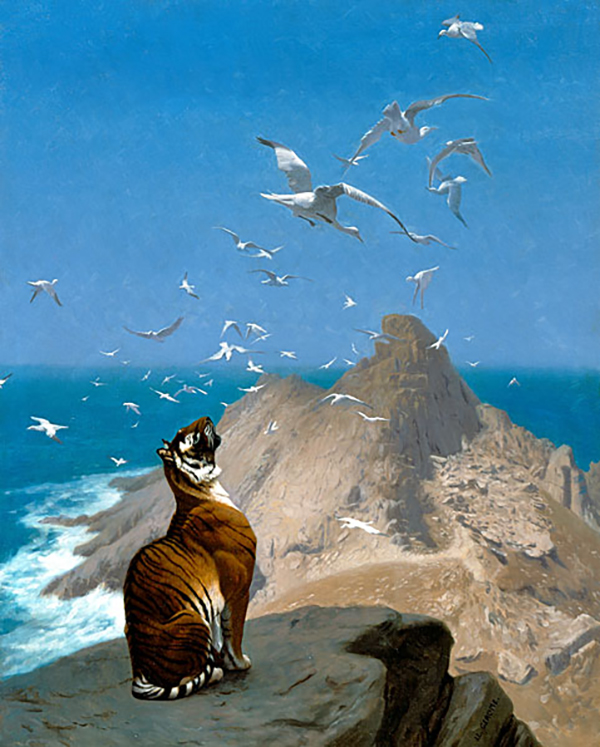


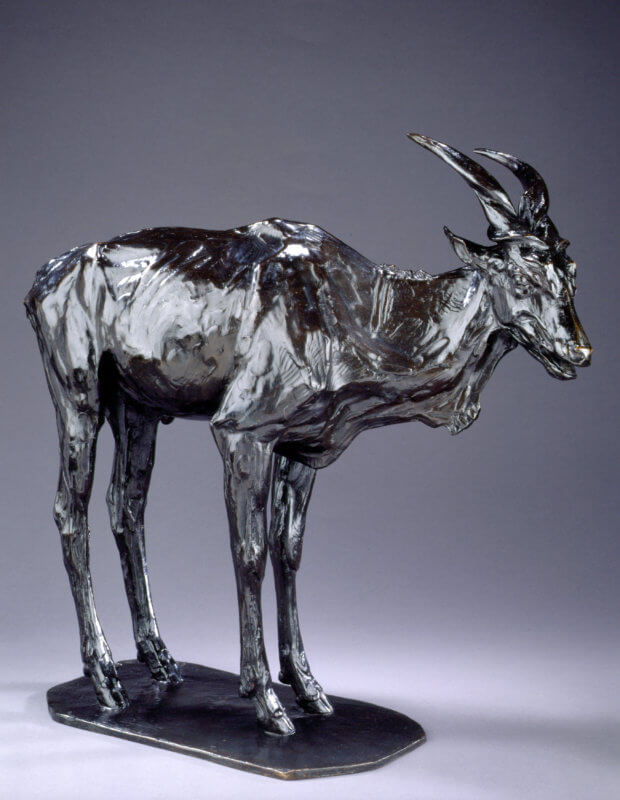
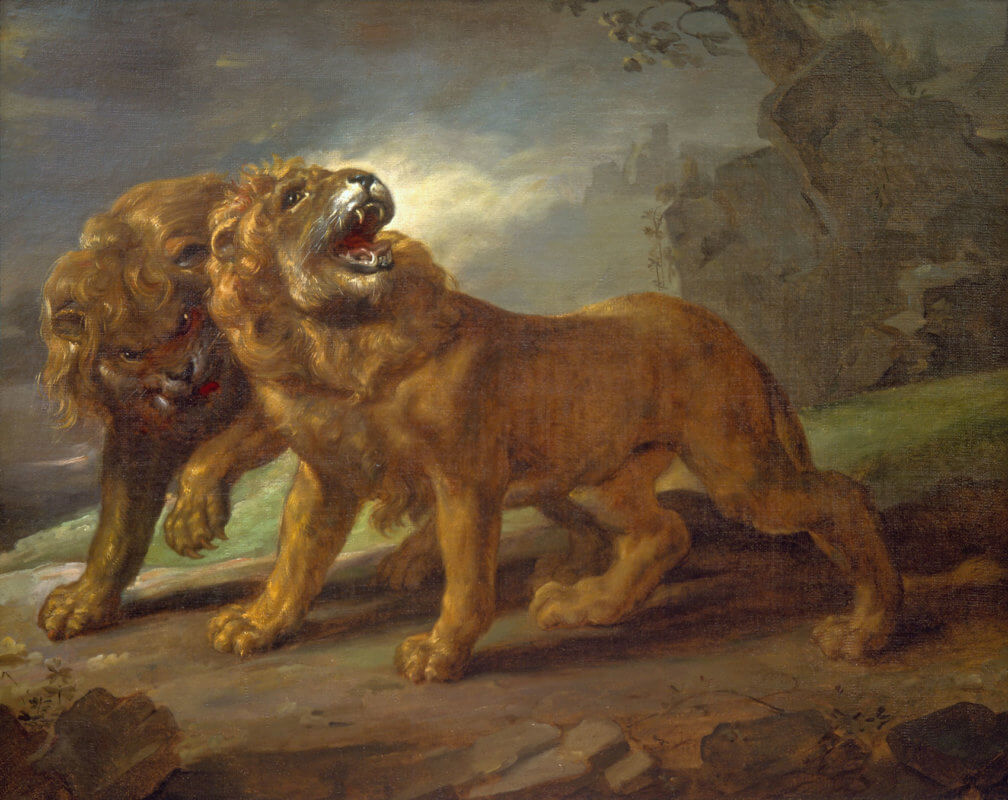
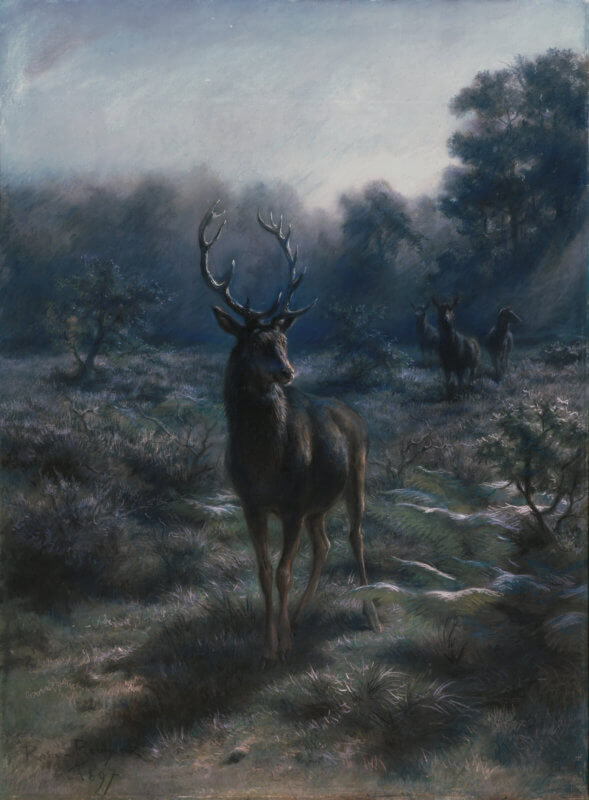
- 1
- 2
- 3
A Conceptual Thread
Through November 2, 2025Various types of textile art—quilting, weaving, tapestry, and knitting—will be featured in this exhibit, each showcasing its unique ability to tell stories about wildlife and nature. The exhibition will also include a large communal loom in the Wapiti Gallery; Museum visitors will have the opportunity to contribute to the exhibition by weaving on this loom during their visit.
See the Exhibit- 1
- 2
- 3
Prismatic Menagerie: Origami-Inspired Sculptures by Hacer
Through May 31, 2026We are adding a bold pop of color to the Cache corridor this summer! Take a wander on the wild side and explore the Prismatic Menagerie from the National Museum of Wildlife Art to Center for the Arts—it’s a straight shot down Cache/Hwy 89. With five bold origami-inspired sculptures, this exciting outdoor exhibition brings Hacer’s work to Jackson Hole through a collaboration between two of Jackson’s impactful art institutions.
See the Exhibit
